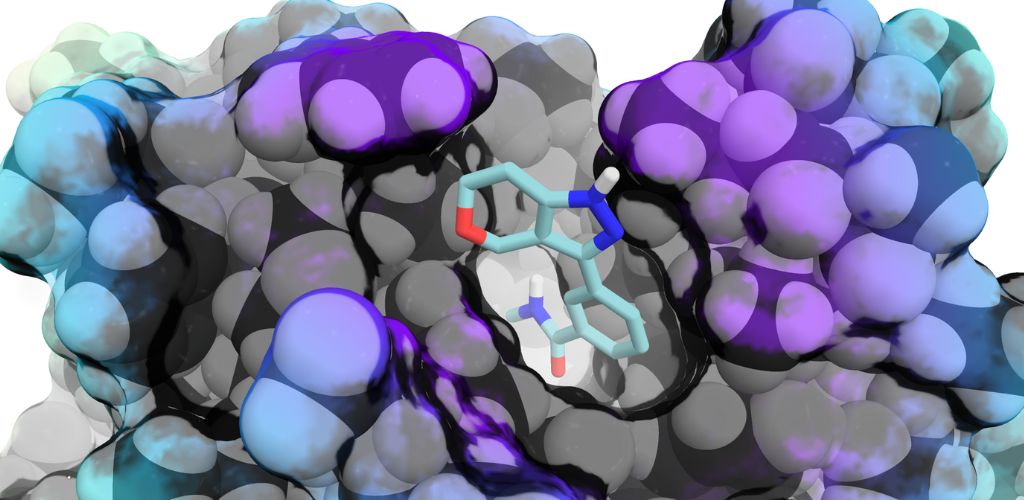Structure-Based Drug Design (SBDD), also known as rational drug design, is a powerful approach in the field of pharmaceutical research. It involves leveraging our understanding of the three-dimensional structures of biological molecules (such as proteins) to design or identify potential drug candidates. Let’s delve into the fascinating world of SBDD and explore how it shapes the development of novel medications.
Understanding the Basics OF Structure-Based Drug Design (SBDD)
- Biological Targets: At the heart of SBDD lies the concept of biomolecular targets. These targets are key molecules involved in specific metabolic or signaling pathways associated with diseases or infections. They can be proteins, nucleic acids, or other cellular components.
- Complementary Molecules: The goal of drug design is to create molecules that are complementary in shape and charge to these biomolecular targets. When a drug molecule binds to its target, it can either activate or inhibit its function, leading to therapeutic benefits for patients.
- Computer-Aided Modeling: SBDD often relies on computer modeling techniques. Researchers use computational tools to predict how a drug candidate will interact with its target. This process is sometimes referred to as computer-aided drug design.
The Role of 3D Structures Structure-Based Drug Design (SBDD)
- Protein Data Bank (PDB): The availability of structural information for proteins has revolutionized drug discovery. The PDB contains a vast repository of experimentally determined protein structures. Researchers can explore these structures to gain insights into the active sites of potential drug targets.
- Depressions and Binding Sites: Imagine a protein as a complex three-dimensional puzzle. The actual function of the protein often occurs in a specific depression or cavity on its surface. SBDD aims to find small molecule ligands that fit precisely into these depressions, modulating the protein’s function.
The Structure-Based Drug Design (SBDD) Workflow
- Target Selection: Researchers identify potential drug targets based on their involvement in disease pathways. These targets may be enzymes, receptors, or other critical proteins.
- Structure Determination: Structural information about the target is obtained through techniques like X-ray crystallography or NMR spectroscopy. This reveals the protein’s 3D arrangement.
- Virtual Screening: Computational methods are used to screen libraries of chemical compounds. The goal is to identify molecules that can bind effectively to the target’s active site.
- Lead Optimization: Once promising drug candidates are identified, further optimization occurs. Researchers tweak the chemical structure to enhance binding affinity, selectivity, and safety.
Challenges and Advances in Structure-Based Drug Design (SBDD)
- Beyond Binding Affinity: While predicting binding affinity is crucial, other properties like bioavailability, metabolic half-life, and side effects must also be considered. High attrition rates during clinical trials emphasize the need for early optimization.
- Biopharmaceuticals: SBDD isn’t limited to small molecules. It also plays a role in designing therapeutic antibodies and other protein-based drugs.
Conclusion
Structure-Based Drug Design bridges the gap between biology and chemistry. By visualizing the intricate dance between molecules, researchers pave the way for targeted therapies that improve patient outcomes. As we unlock more structural secrets, SBDD continues to shape the future of medicine.




